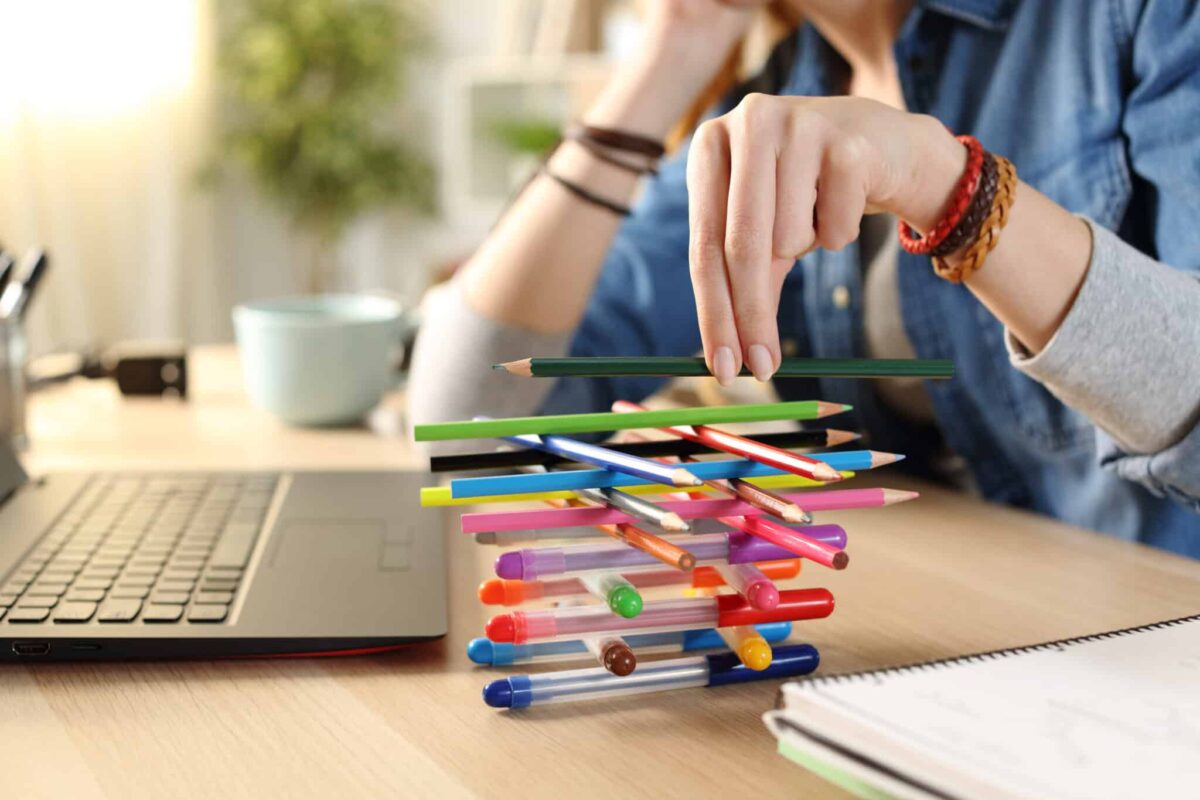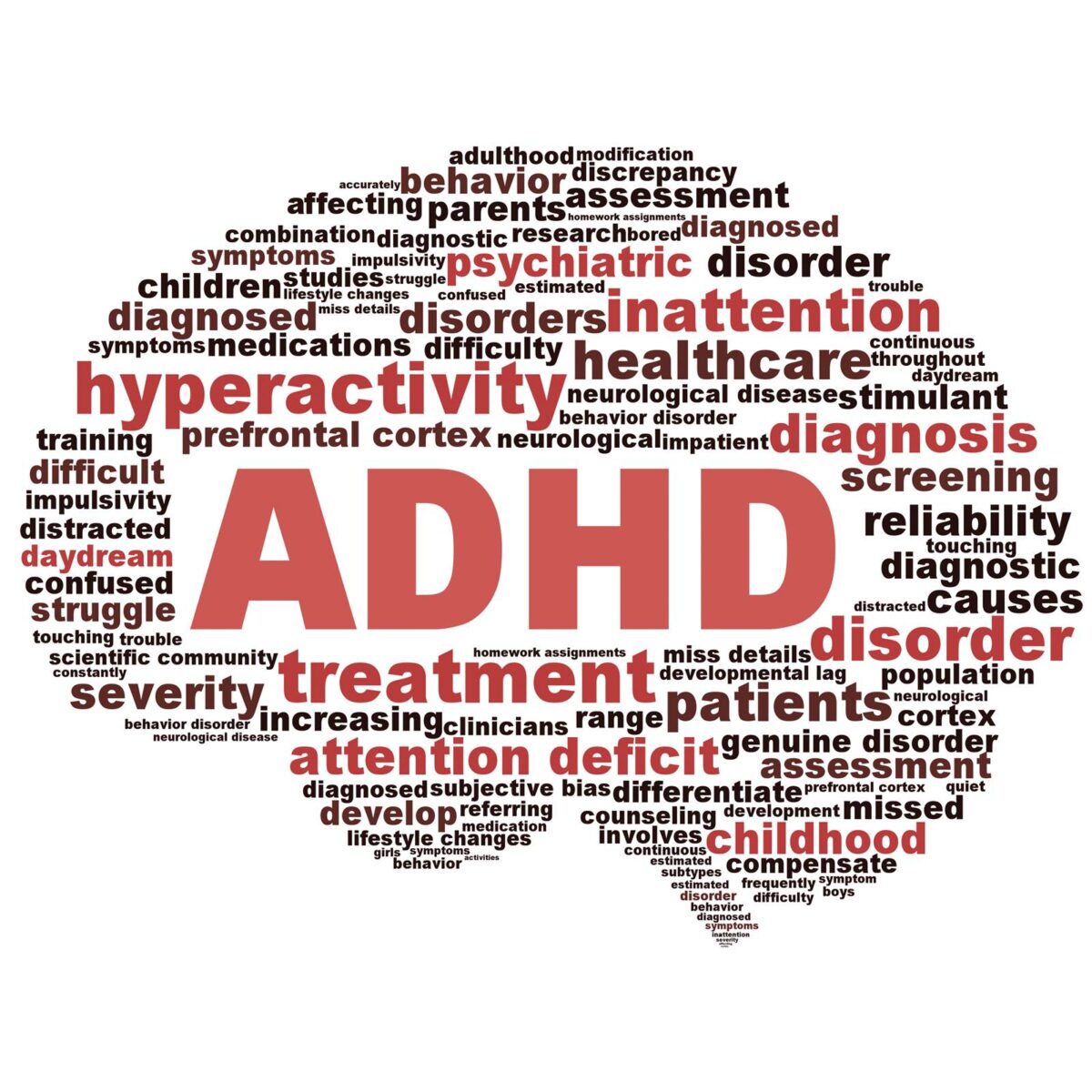The discussion is about how to overcome the difficulties of working with this prevalent and diverse disorder.
Attention deficit hyperactivity disorder
Attention deficit hyperactivity disorder (ADHD) is a widespread ailment that affects around 2.6 million people in the United Kingdom. Because of its ubiquity, dental professionals must have a complete understanding of the disorder and its potential effects on people’s lives. ADHD symptoms vary based on the individual. This sometimes results in people being diagnosed later in life, forcing them to live with the ailment without adequate treatment.To assist people comprehend, symptoms can be divided into two categories: inattention and hyperactivity. Inattentive symptoms may cause trouble concentrating and focusing. The main indicators are a short attention span, forgetfulness, inability to complete complex or time-consuming jobs, difficulties organizing, and many more. Fidgeting, difficulty concentrating on activities, excessive moving and talking, interrupting, and other symptoms are examples of hyperactive behavior.
What are the challenges?
People with ADHD may find it challenging to complete certain basic duties at work. For example, the condition may impair concentration and activation, making it harder to plan and begin tasks, especially those requiring work.Aside from these concerns, ADHD continues to carry a stigma. Many children with the disease are labeled as ‘bad’, which can have a negative impact on their self-esteem and cause them to reject the difficulties they face, exacerbating their condition and hindering them from finding constructive solutions. As they enter adulthood, this can have an affect on their self-esteem and make areas such as school and career more problematic.However, there are certain characteristics associated with ADHD that may be advantageous in the profession. These include the ability to focus intensely on interests, think outside the box, be motivated by deadlines, and many others.
Dental practitioners with ADHD.
While professionals may have considered the effects of the condition on patients, such as maintaining oral hygiene and attending regular appointments, it is also critical to understand the effects of ADHD on members of the dental team, including their ability to perform administrative tasks.While some ADHD signs can indicate that dental professionals with the illness are effective in crisis situations, they may struggle with the more repetitive and time-consuming components of the job. As a result, acceptable adjustments in practice are required to enhance the individual’s condition. Workplaces that provide structure, stimulation, and regular feedback are more likely to assist colleagues with ADHD succeed, whereas long periods of isolation and monotonous activities may be unsuitable for some. Furthermore, providing visible prompts and tactile reminders can assist colleagues manage their workload, as well as limiting distractions and providing clear written instructions with regular short breaks to aid with longer tasks.
Perform repetitive chores.
While persons with ADHD may be able to hyperfocus on certain tasks, it can be difficult to concentrate on boring and time-consuming activities. This may make the more repetitive portions of administrative responsibilities difficult. When working on a computer for long periods of time, for example, people with ADHD may struggle to stay concentrated on one job, resulting in missed opportunities or blunders.There are several strategies that people could use to combat this. Some studies suggest working for shorter periods (about 25 minutes) and then taking five-minute breaks to break up lengthy tasks and stay focused. This can assist avoid weariness caused by gazing at a screen for an extended period of time. Some people may benefit from adopting a standing desk, varying their posture, or employing deliberate fidgeting tactics to promote neuro-stimulation and improve focus. These tactics may be useful for clinicians when taking notes. Historically, taking notes has been a time-consuming job, making it difficult to stay focused and raising the danger of missing vital information. By enhancing their concentration, they will be able to carry out this administrative responsibility more successfully and without placing too much burden on themselves.Kiroku is a digital note-taking platform that reduces the amount of time clinicians spend taking notes, allowing them to complete notes 60% faster. Kiroku provides physicians with dynamic and clickable templates for a variety of case types to simplify note-taking, as well as the possibility to create your own template or modify existing templates for a more personalized experience. Kiroku also makes it easier than ever to delegate note-taking to dental nurses, with a simple and logical process that follows the appointment structure and provides useful reminders.
Ways to approach Adhd diagnoses
There are numerous approaches that parents may take with their ADHD-diagnosed children to help them excel in school and other areas of life. Here are some suggestions:
1. Collaborate with the kid’s teacher to create a plan:
Parents should interact with their child’s teacher and school to better understand the specific issues their child is having and to devise a strategy to solve them. This could include accommodations like extra time on tests, a quiet location to work, or regular breaks.
2. Encourage a planned routine:
Planned routines can help children with ADHD stay organized and focused. Parents can aid by establishing consistent bedtimes, awakening times, and mealtimes, as well as explicit homework and activity routines.
3. Establish clear expectations and consequences:
Because children with ADHD may have difficulty controlling their impulses, parents must establish clear expectations and consequences for their behavior. This can assist the child grasp what is expected of them and make better decisions.
4. Use positive reinforcement:
Children with symptoms of ADHD sometimes receive negative feedback for their behavior. Parents must identify and encourage positive behavior while refraining from harsh criticism or punishment of their children.
5. Encourage physical activity:
Physical activity can help to alleviate ADHD symptoms, therefore parents should encourage their child to engage in regular exercise. This could include joining a sports team, taking a daily walk or bike ride, or engaging in other activities that get the child moving.
6. Seek more support:
Parents may find it beneficial to seek further assistance, such as therapy or tutoring, to help their child flourish. This is especially helpful for children who are struggling with schoolwork or social connections.By following these ideas, parents can help their ADHD-diagnosed children manage their symptoms and reach their full potential. With patience, compassion, and support, children with ADHD can achieve in school and beyond.







